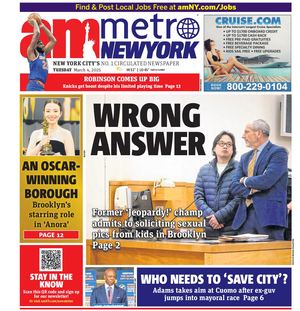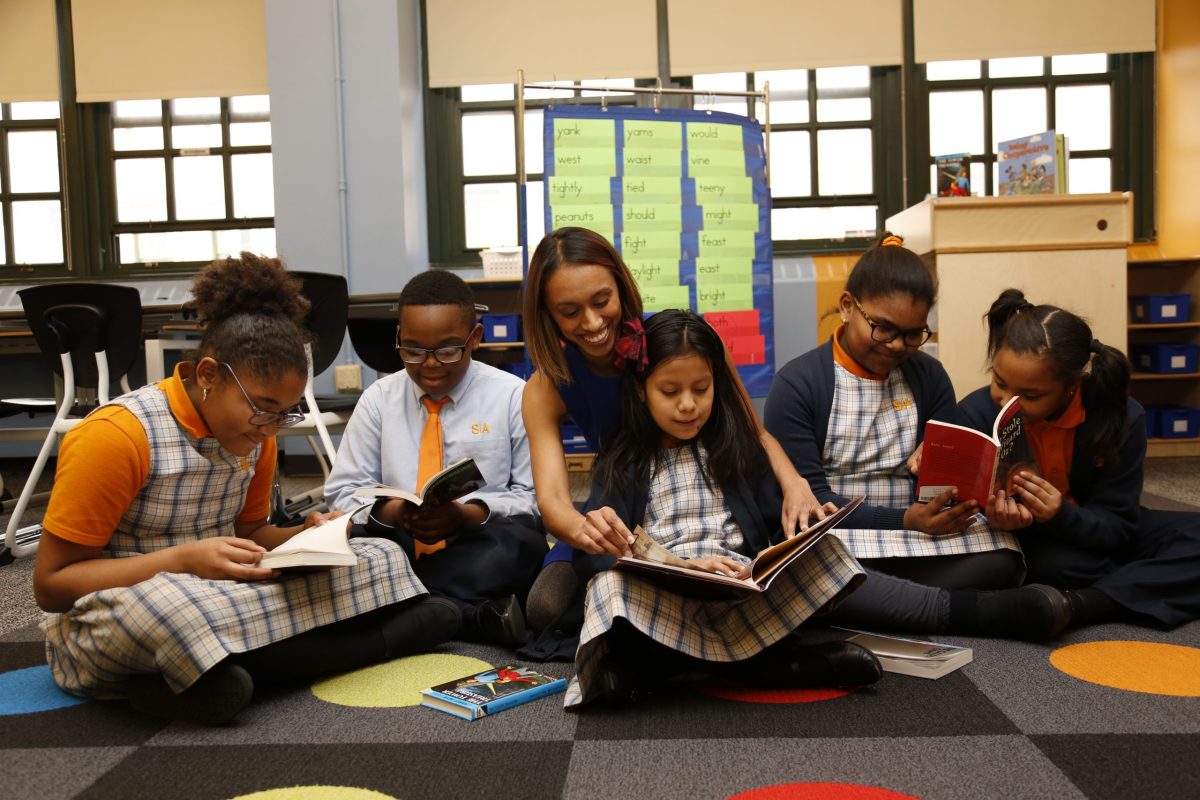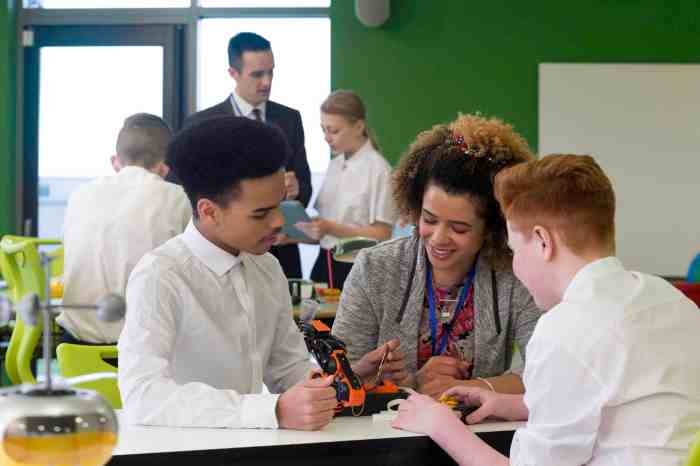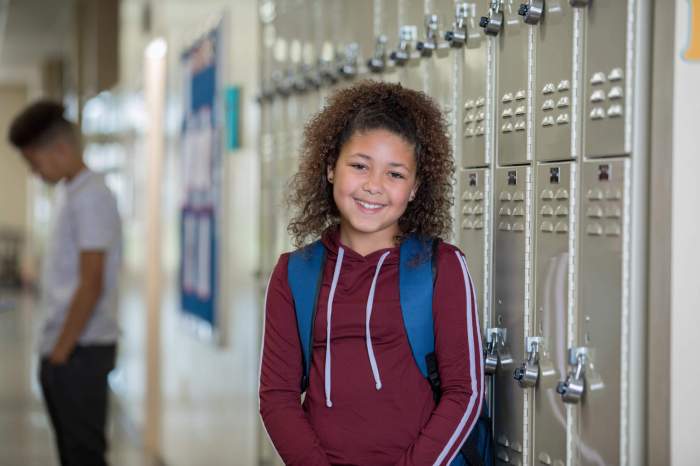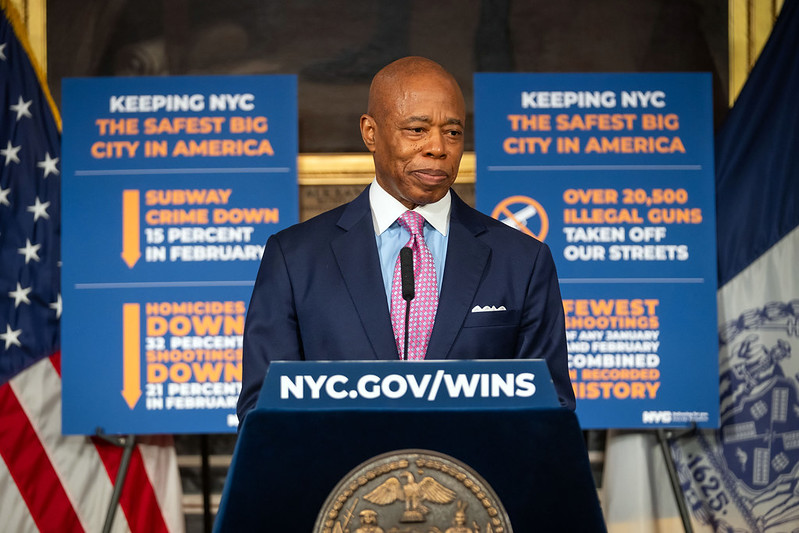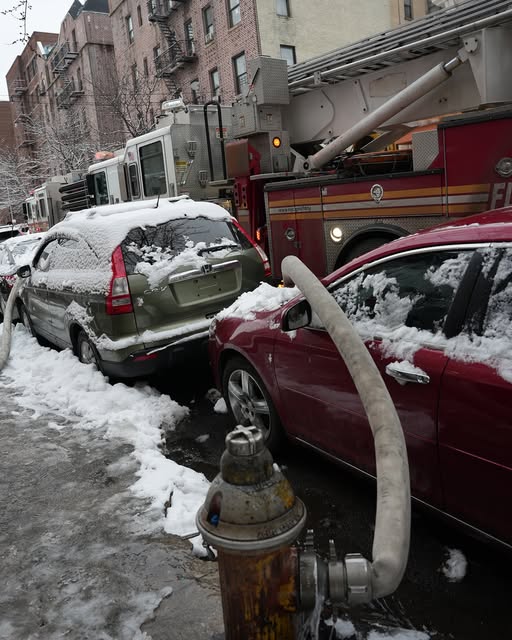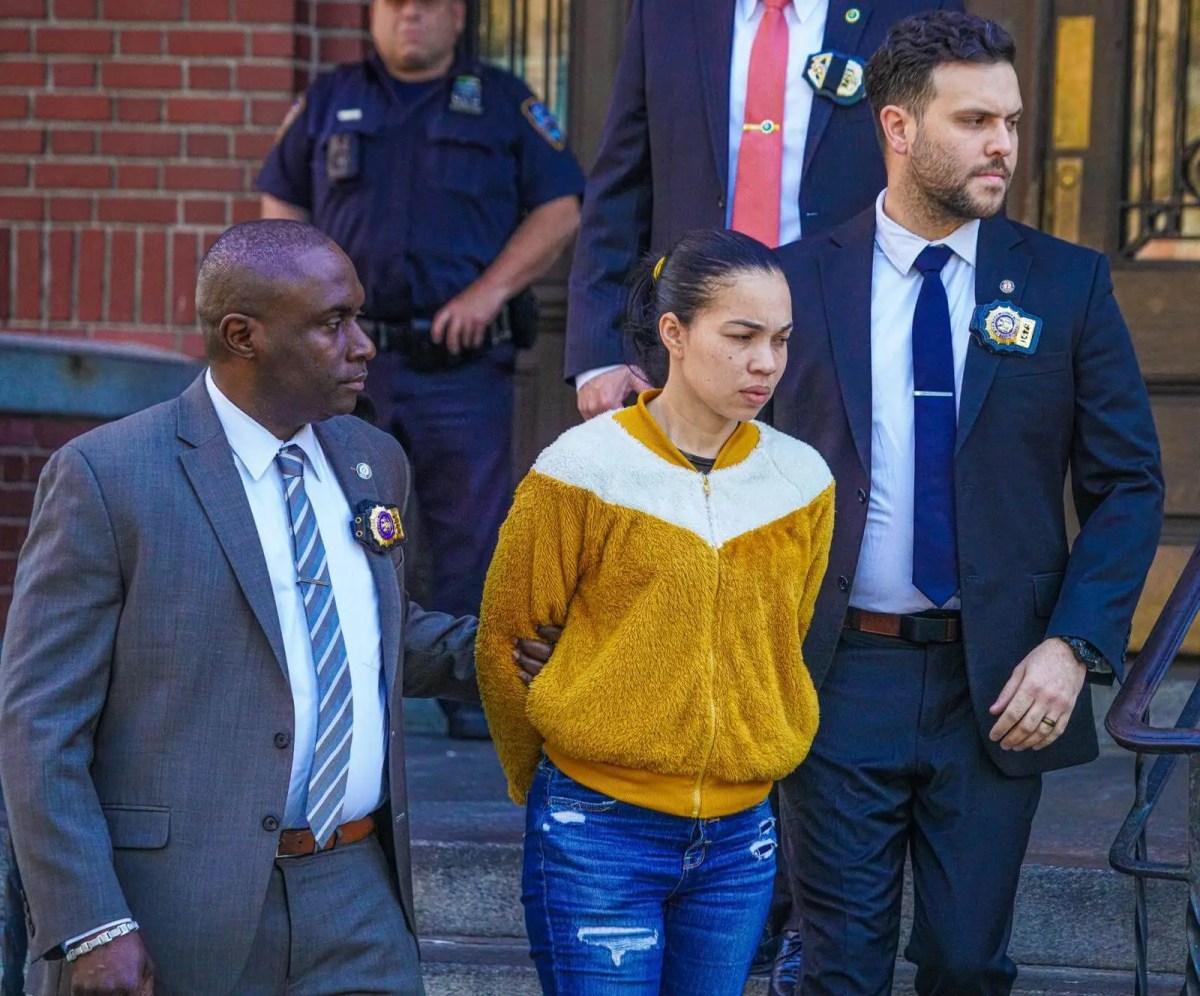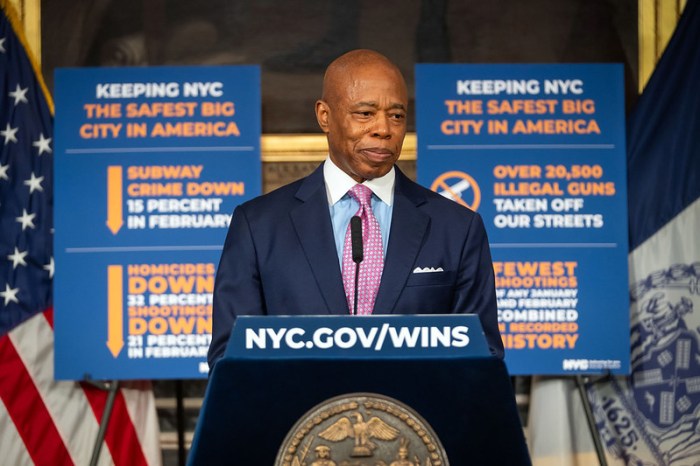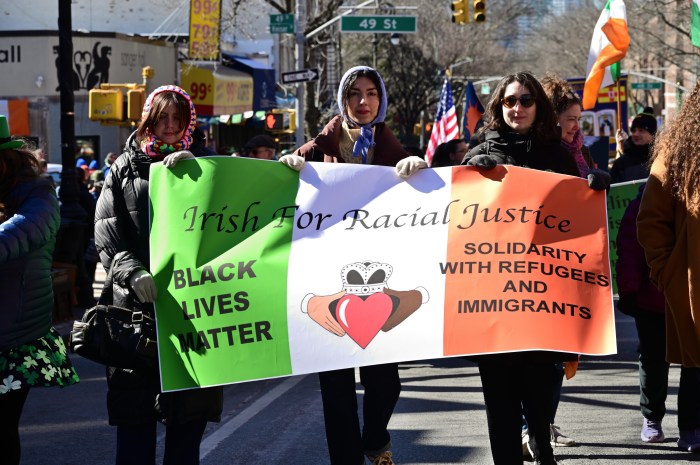February is New York City’s charter school open house month, and despite the pandemic NYC charter schools have been performing incredibly well – offering educational support and resources to students across the city. Charters have been doing so well, in fact, that this year marks the sixth consecutive year of growth for the NYC Charter School Center.
This month, prospective students and interested parents will be able to schedule virtual and in-person visits to charter schools within their neighborhoods to see if the services offered would better benefit the student.
According to data released Jan. 31 by the NYC Charter School Center, charters citywide have seen a 1.3% enrollment increase this school year, 20% growth for English Language Learners (ELL) – leading to an overall increase of 63% of ELL students over the past five years – and an increase in Black student enrollment, with current figures indicating 25% of Black students across all five boroughs are now attending charter schools.
“Despite a cap on the creation of charter schools in New York City and the historic challenges of the past two years, the City’s public charters continued to grow during the pandemic – by 9%,” said James Merriman, CEO of the New York City Charter Center. “Our growth is a direct result of the incredible work of our teachers, staff and school leaders across 272 schools to provide a high-quality education to the students who make up our diverse and vibrant public charter school community, and to give families a choice to find the school that’s best for their child.”
Charter schools are public schools that run independently like private schools, but are funded by state income tax, grants, awards and donations. While “normal” public schools are federally funded. This allows charters to tailor their curriculum more personally to fit the needs of independent students, while still fulfilling the overall mission of educating a community of students. Charter schools are also held to a standard they set of advancing student achievement and if they don’t reach these goals, they can be shut down.
“The difference [between public and charter schools] at a government level is that charters are of course run independently of the district,” said Merriman in an interview with amNew York in January. “This gives charters the ability to give more options to parents regarding class size and curriculum or way in which the school approaches how they view parent/student relationships and parent/teacher relationships or a particular emphasis on certain [school] subjects.”
This more hands-on approach to learning seems to be appealing to more NYC parents, with the ability to be more informed on a child’s individual needs and educational development being one of the reasons parents are gravitating towards charter schools, and another reason being racial representation within educational spaces.
“There are many many Black and Latinx educators [in NYC charter schools], and there are charter schools that are diverse by design,” said Merriman. “Because [charter schools] often cater to low-income families, they were created precisely to serve those families because those are the families where the system hasn’t well-served all kids historically. So for those students, it is about making sure that they are performing well and getting a rigorous education and getting themselves ready for college or careers.”
